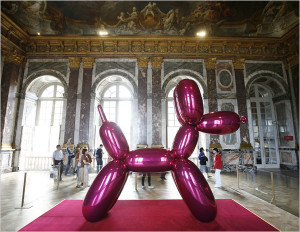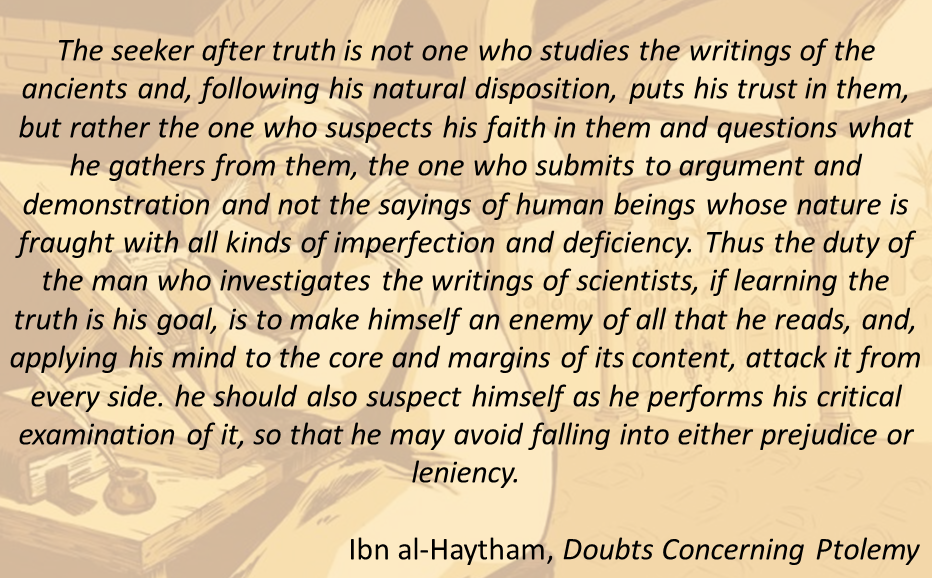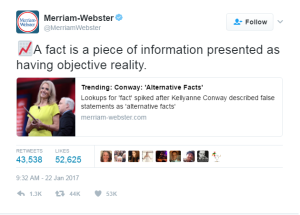The idea of having artists collaborate with history museums at first glance seems like a good idea. Into reading the essay by Melissa Rachleff it would seem that in order for a museum and its staff to work with an artist the artist must first be tested to see if they would make a perfect pair before allowing them to collaborate. “There is a risk in engaging an artist within an institution…. The institution should approach working with an artist as a relationship that evolves over time—they need to get to know the artist.”[1] In order for the artists’ project to work the museum staff needs to allow the artist to use his creative process instead of giving them rigid parameters to follow. I think that artist could work with museums and help in attracting different crowds as well as questioning societal norms. I think that some artist are better to work with and collaborate on projects than others. I still feel that the museum should have the ultimate say in what happens in their exhibits because they do have to report to government and board officials on what they can and can’t do. Historians do not like to be challenged when it comes to history just like artist do not like to be challenged when it comes to their art. Expression and creativity is good but when the museums start to look like the living embodiment of the History Channel I have issues. As with technology I think a middle ground can be reached with artist and historians where both sides can be comfortable but in the end, it depends on the individuals involved.
User Driven Content in museums can be a good idea in getting individuals interested in museums but needs to work in conjunction with exhibits in museums. If the User Driven Content can enhance a visitor’s experience and allow them to more explore an artifact or exhibit, then it is influential to the visitor and museum. Not only will it allow the visitor to interact with the artifact and exhibit it will allow them to discover things on their own making the experience more personal. “In the past few decades, the field of visitor studies has made substantial progress in studying and describing the complex interactions between and among visitors, exhibitions, objects, and programs, leading to a greater ability to engage in research-based practice, particularly in the area of exhibit design.” [2] This allows for better interaction amongst visitors it should not take fully away from the exhibit or artifact it is presenting either. Middle ground needs to be found so that there can be balance between the physical and interactive.
I understand slightly why the Sanford and Son script was put into the book as a further explanation of an artist’s creative way of influencing society and explaining creatively societal complexities according to race. It still seemed far reaching when comparing it to artists working with museums to explain alternate sides of history in an area.
[1]Bill Adair, Benjamin Filene, and Laura Koloski, eds. Letting Go?: Sharing Historical Authority in a User-Generated World. Left Coast Press, 2011. Pg. 224.
[2] Bill Adair, Benjamin Filene, and Laura Koloski, eds. Letting Go?: Sharing Historical Authority in a User-Generated World. Left Coast Press, 2011. Pg. 197.



